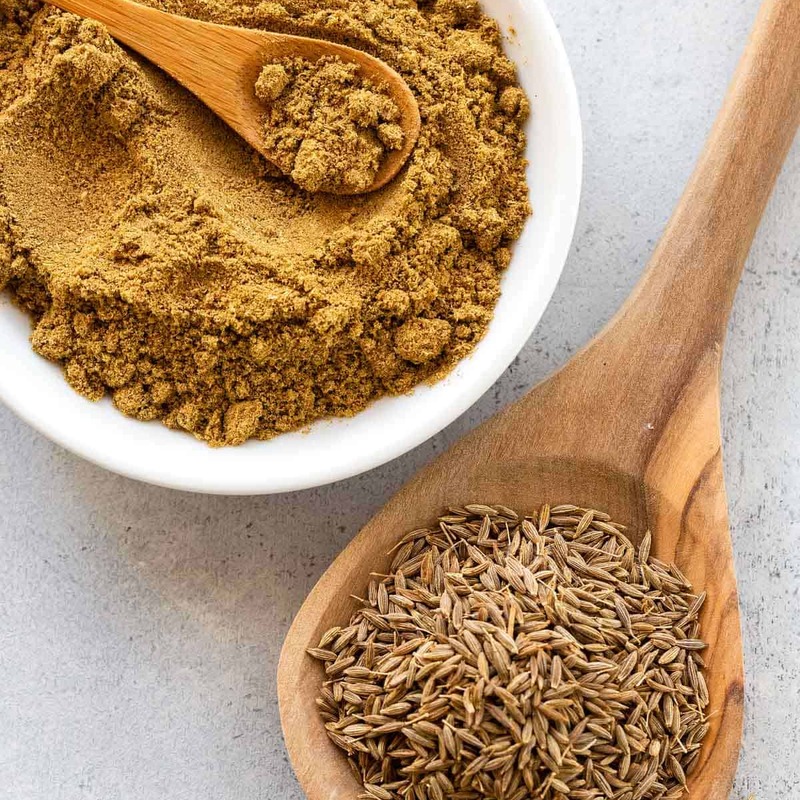Indian Name: Zeera
Scientific Name: Cuminum cyminum
Fam Umbelliferae
Other Names
Anise Acre, Cumin Acre, Cummin, Sweet Cumin
French: cumin
German: Kreuzkümmel, Romische Kümmel
Italian: cumino Spanish: comino
Arabic: kammun, kemouyn
Indian: jeera, jeraka, jira, zeera, zira, sufaid…, safed…(white), kala…(black), kalonji(cf Nigella)
Indonesian: (d)jinten
Malay: jintan puteh
Sinhalese: cheeregum, jeera, su(du)duru
Tamil: cheeregum





